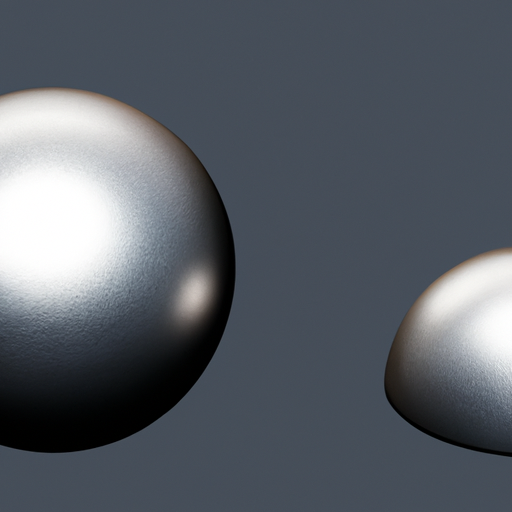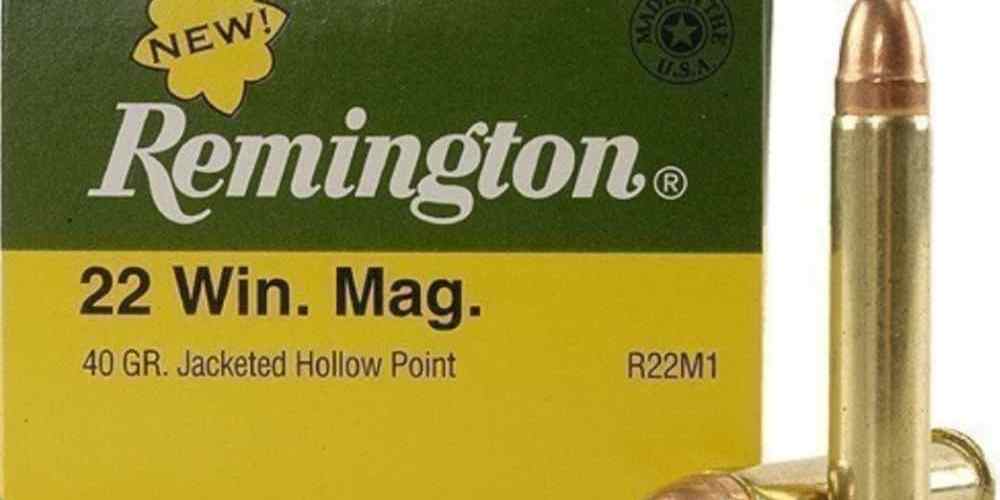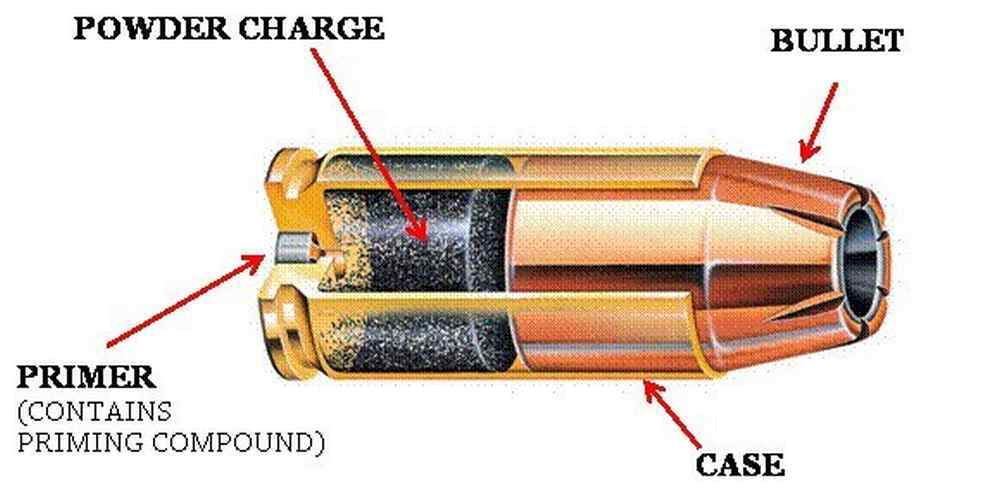Understanding Bullet Grain and How It Affects Performance

When it comes to firearms and ammunition, there are numerous factors that can impact performance. One crucial element that often gets overlooked by novice shooters is the bullet grain. Understanding bullet grain and how it affects performance is essential for anyone looking to improve their accuracy and efficiency when shooting. In this article, we will delve into the concept of bullet grain, its significance, and how it can influence the performance of your firearm.
What is Bullet Grain?
Before we delve into how bullet grain affects performance, let’s first define what exactly bullet grain is. Bullet grain refers to the weight of a bullet, measured in grains. One grain is equivalent to 1/7000th of a pound. For example, a 100-grain bullet weighs 0.0143 pounds.
Significance of Bullet Grain
The weight of a bullet plays a significant role in determining its trajectory, accuracy, and overall performance. Different bullet weights are suitable for different types of shooting activities, such as target shooting, hunting, or self-defense. Understanding the significance of bullet grain can help you choose the right ammunition for your specific needs.
How Bullet Grain Affects Performance
The weight of a bullet affects various aspects of its performance, including:
- Velocity: Heavier bullets typically have lower velocities compared to lighter bullets. This can impact the trajectory and energy transfer upon impact.
- Recoil: Heavier bullets generally produce more recoil due to their increased mass.
- Penetration: Heavier bullets tend to penetrate deeper into the target compared to lighter bullets.
- Accuracy: The weight of a bullet can influence its stability in flight and ultimately its accuracy.
Choosing the Right Bullet Grain
When selecting ammunition for your firearm, it’s essential to consider the intended use and desired performance. Here are some general guidelines for choosing the right bullet grain:
- Target Shooting: For target shooting or competition, lighter bullets with higher velocities are often preferred for their flat trajectories and reduced recoil.
- Hunting: When hunting larger game, heavier bullets with higher kinetic energy are typically recommended for better penetration and stopping power.
- Self-Defense: For self-defense purposes, medium-weight bullets that offer a balance between velocity and penetration are commonly used.
Case Studies and Examples
To illustrate how bullet grain can impact performance, let’s consider a couple of case studies:
Case Study 1: Target Shooting
In a target shooting competition where accuracy is paramount, shooters often opt for lighter bullets with higher velocities. These bullets offer better stability in flight and allow for more precise shots at varying distances.

Case Study 2: Hunting
When hunting large game such as deer or elk, hunters typically choose heavier bullets with higher kinetic energy for maximum penetration and stopping power. These bullets ensure a clean kill by delivering sufficient force to take down the target effectively.
Conclusion
In conclusion, understanding bullet grain and how it affects performance is crucial for anyone looking to optimize their shooting experience. The weight of a bullet influences various factors such as velocity, recoil, penetration, and accuracy. By choosing the right bullet grain based on your intended use, you can enhance your shooting proficiency and achieve better results on the range or in the field.
Remember to consider factors such as target type, shooting distance, and personal preferences when selecting ammunition for your firearm. Experimenting with different bullet grains can help you find the perfect balance between performance and efficiency. Keep in mind that practice makes perfect, so don’t hesitate to test out various options to see what works best for you.






